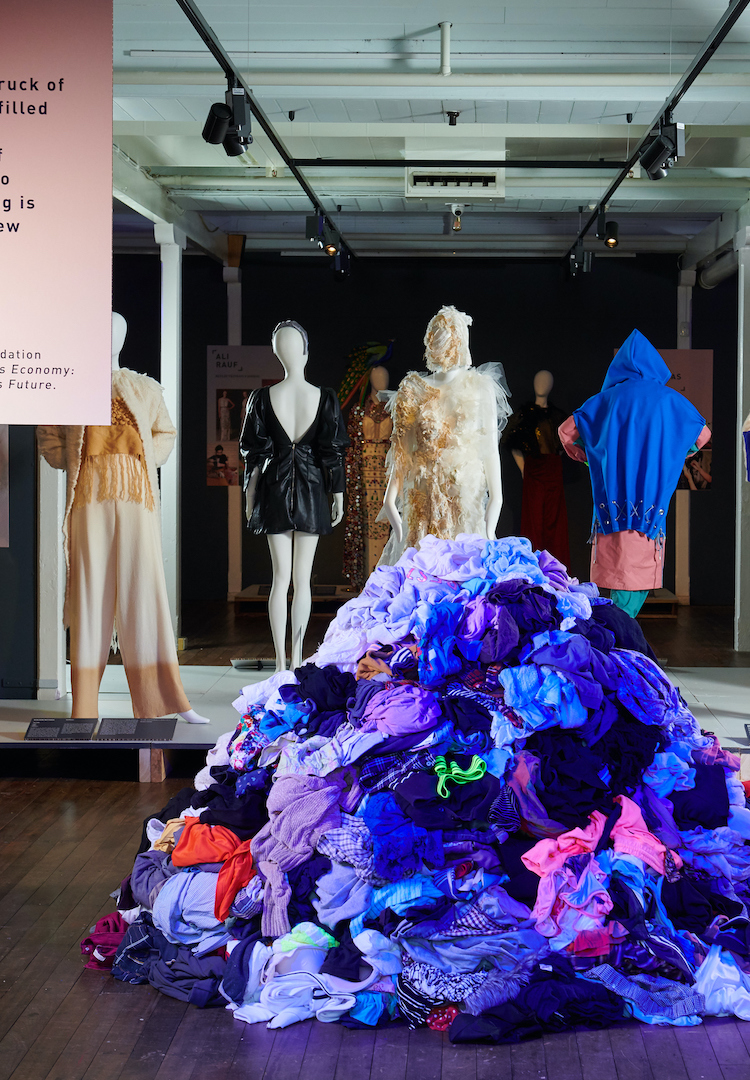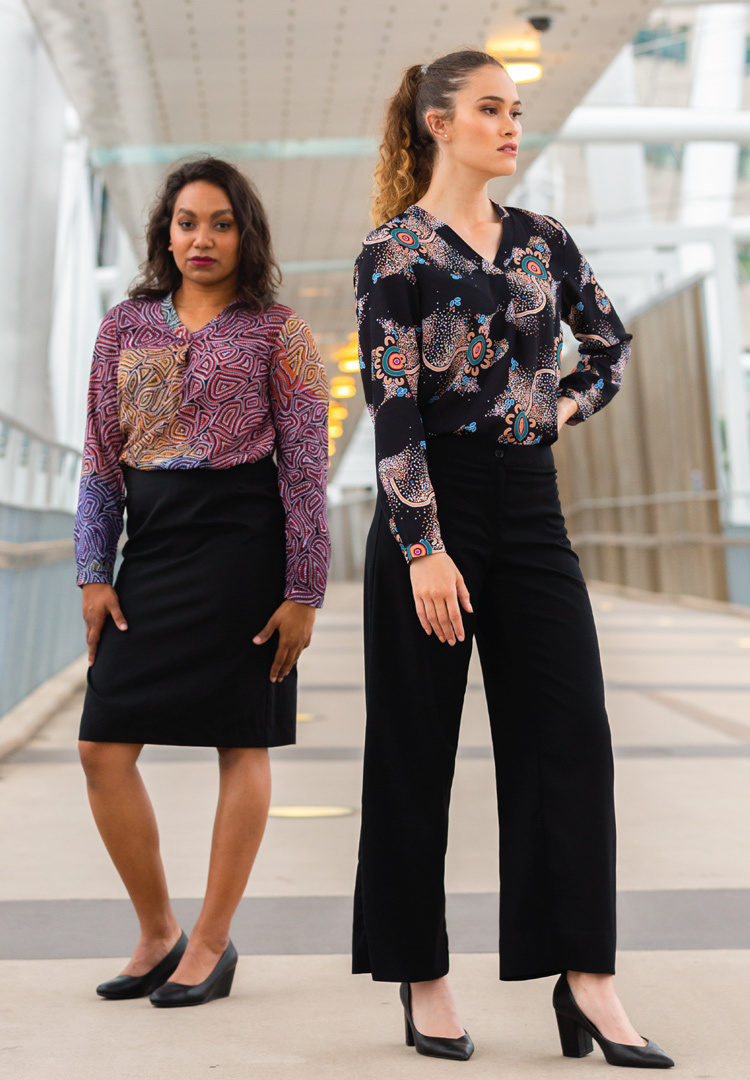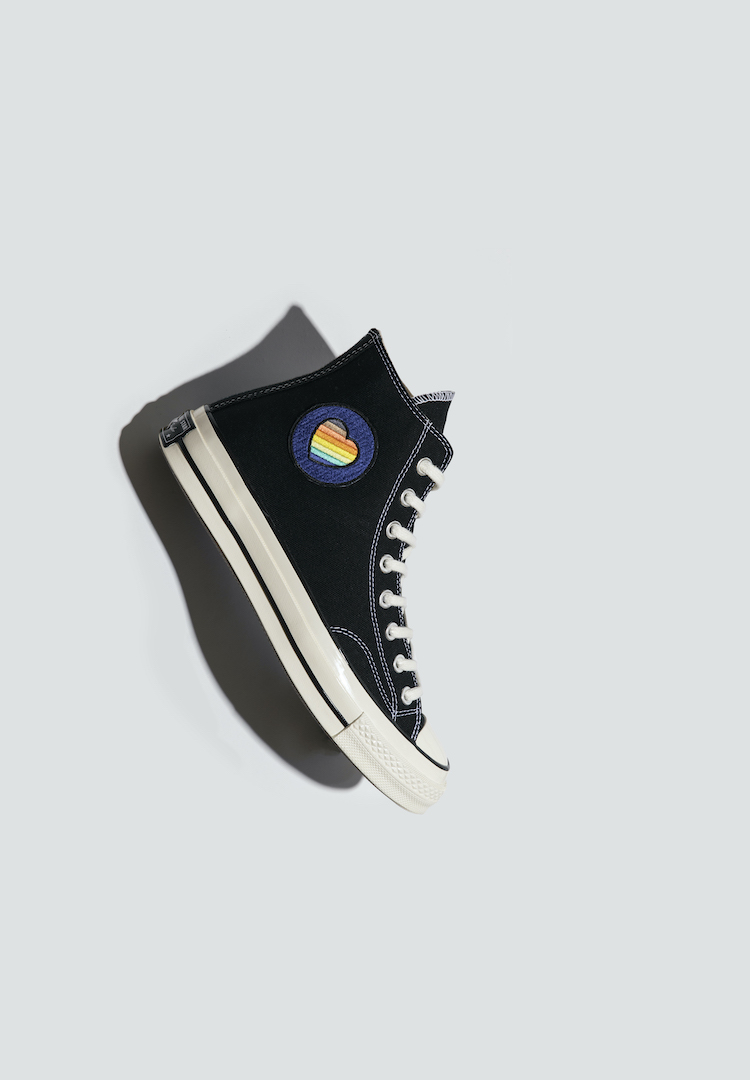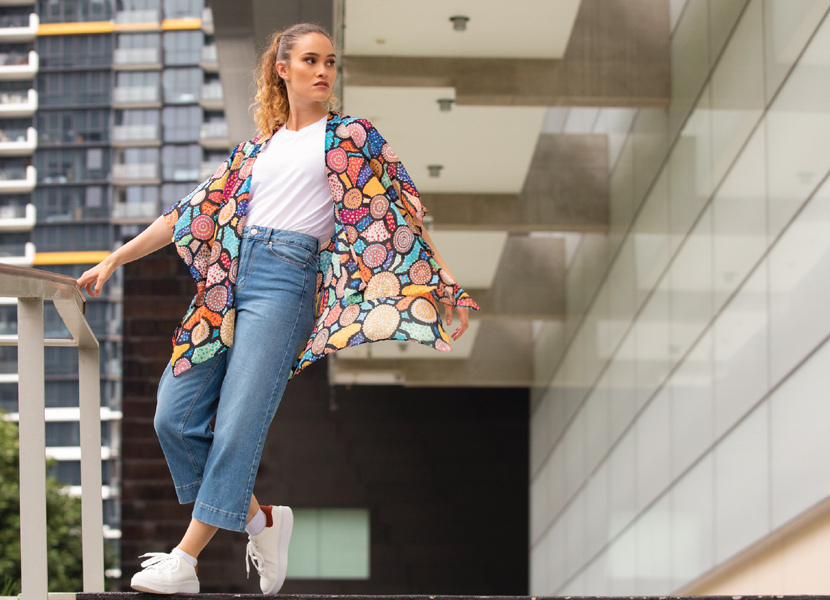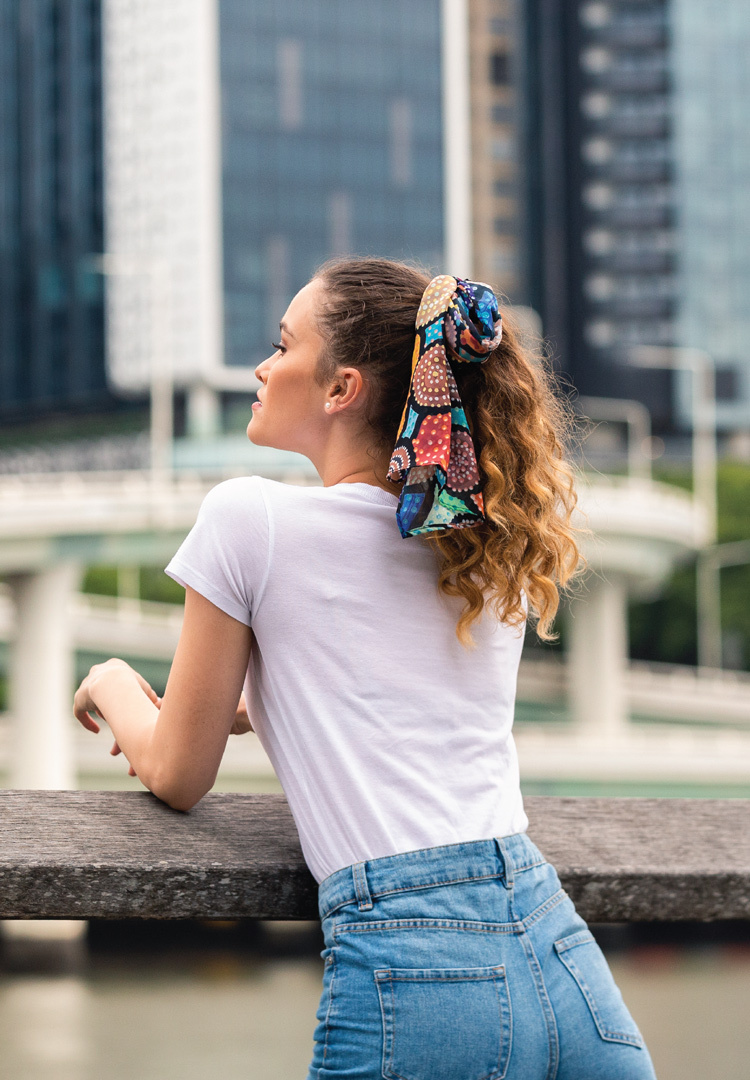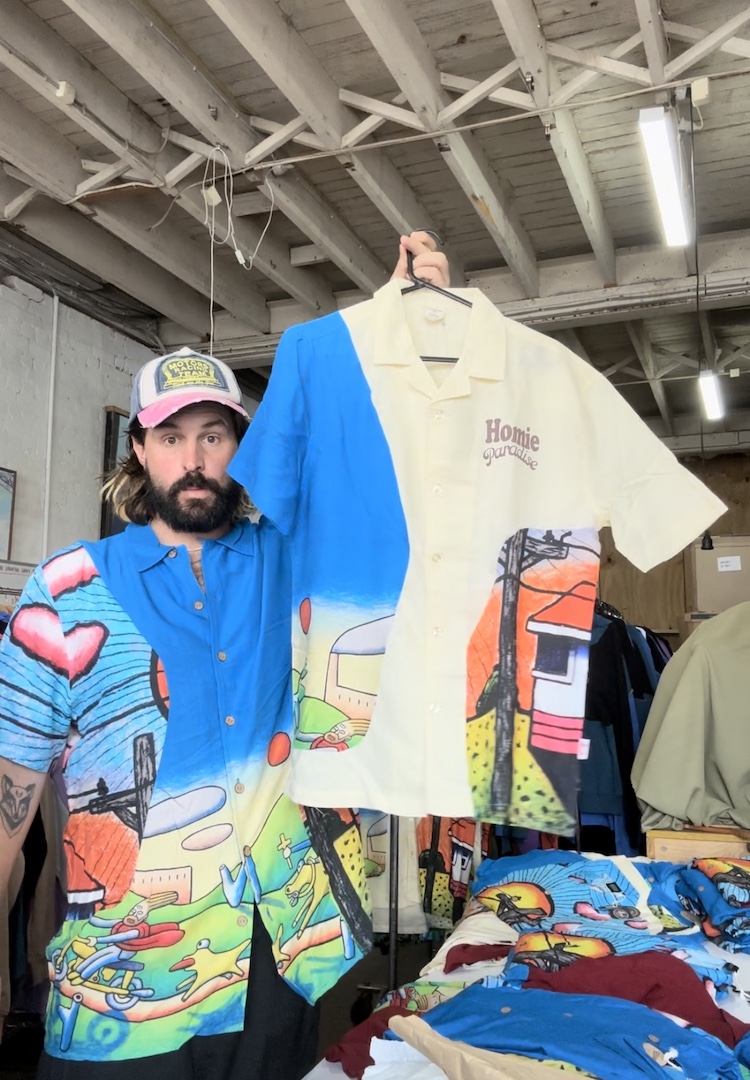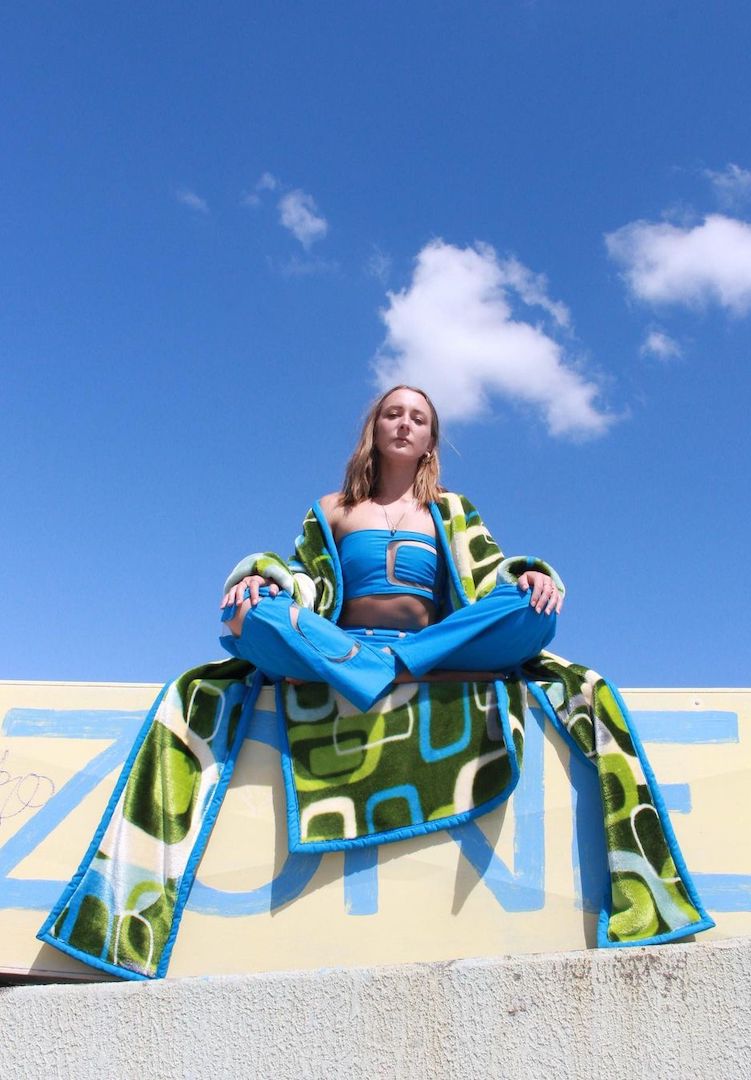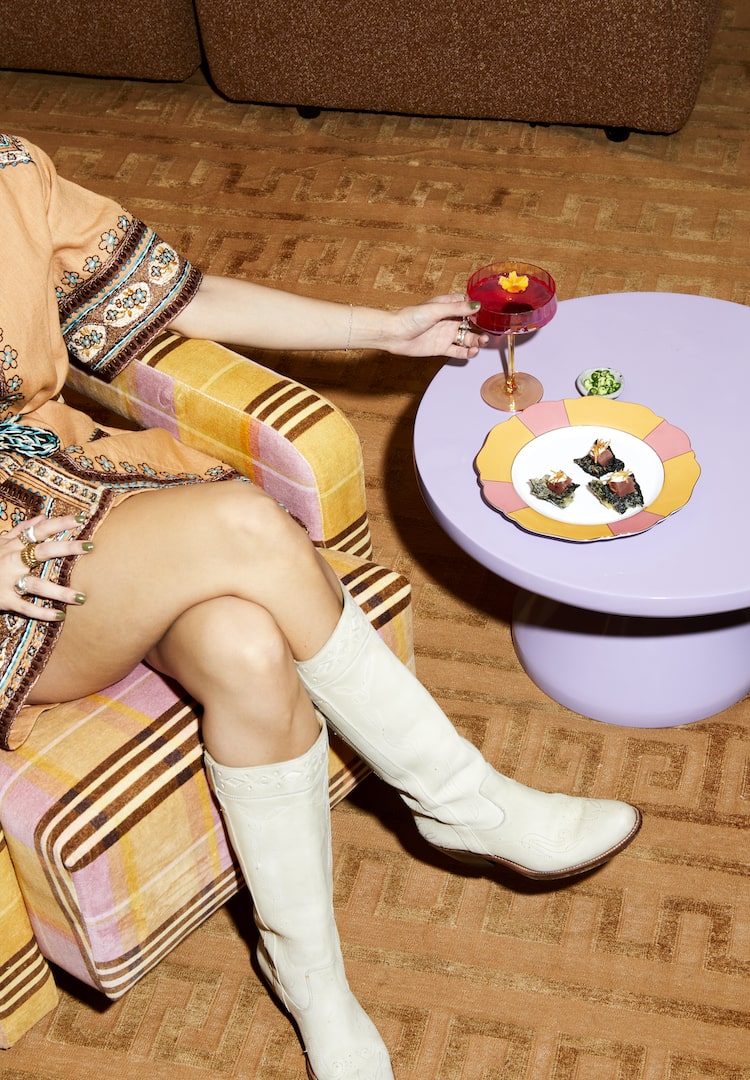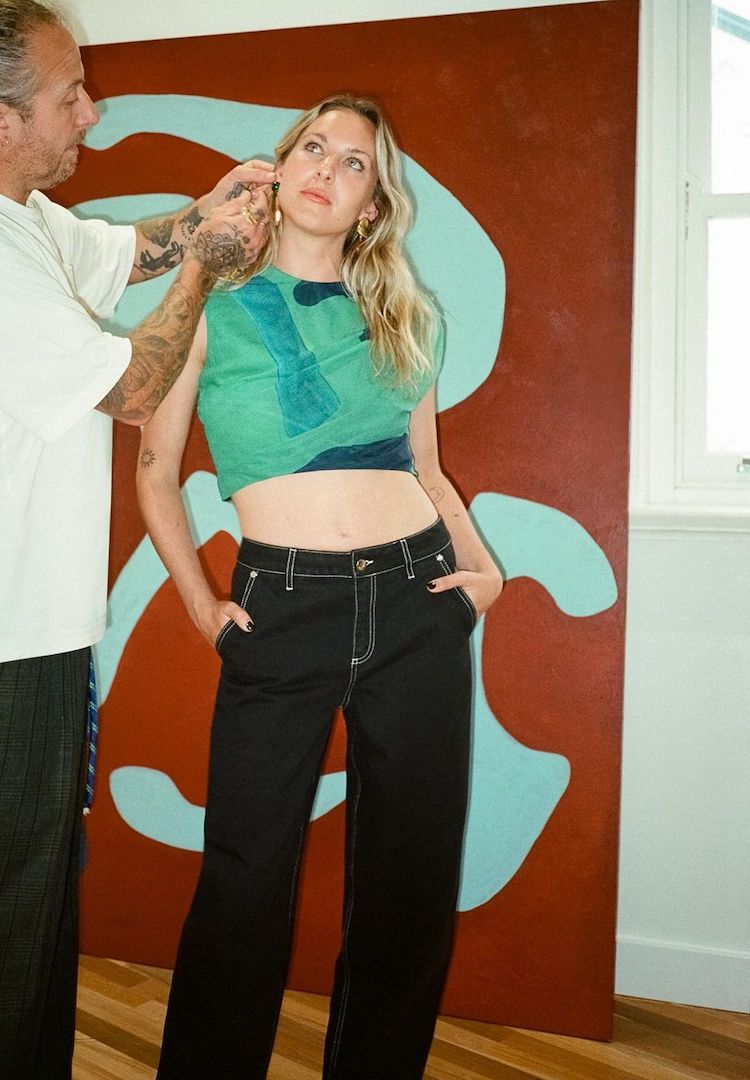Australian label Bundarra is using fashion to connect consumers with Indigenous artists
WORDS BY JASMINE WALLIS
Seeking social change through design.
It was back in 2011 when the Bundarra brand first launched in Northern Queensland at Laura Dance Festival. What began as a joint venture between one Indigenous and one non-Indigenous company to create culturally influenced sportswear has now raised more than $1.5 million dollars towards helping Indigenous communities.
After a restructure in 2015, Bundarra is now solely non-Indigenous owned. But as co-founder Troy Drasdo tells me, the brand is still committed to supporting Indigenous artists and sharing their stories. The label works and consults with its original board members, who now run a not-for-profit community organisation, The MaraWay.
For more fashion news, shoots, articles and features, head to our Fashion section.
“What we want to achieve is to make social change through wearable art,” Troy explains. As we continue to chat, I realise this process is twofold.
From T-shirts to dresses – and more recently, face masks – Troy tells me most items sold on Bundarra are created by or with Indigenous artists. Past and continuing artists include creators such as Luke Mallie, Holly Sanders, and Charlie Chambers.
“Every product you see on our website, you’ll see the story and the artist reflected,” says Troy. “We reproduce it in the exact form, so the textures of the canvas come through. We don’t change the graphics in any way, so the story is as the artists wanted it. Then we promote the artist themselves, together with the story they’re telling.”
Take the Connection to Country blouse, for example. It features the beautiful work of artist and Quandamooka woman, Shara Delaney. Click on Shara’s profile, and you’ll see her work explores her connection to family, sand and sea. This particular work features a series of circles – each representing a different First Nation group – and portrays the intricate, respectful and spiritually- and physically- dependent ties to country.
Troy says, still today, Bundarra works with many of the artists who were present at the start of the brand’s journey in 2011. Each artwork and design is purchased directly from the artist, and every artist negotiates the terms of licensing their work directly with the Bundarra team. Troy explains the aim is to ensure artists feel empowered and that everyone involved is happy with the outcomes.
“Every artist we negotiate with individually, to ensure they’re satisfied. Most of the artists reply back to customers personally saying, ‘Hey, I wouldn’t be working with them if I wasn’t happy’.”
With this statement, Troy alludes to the recent criticisms directed towards Bundarra. The business has recently received attention – particularly on social media – for selling Indigenous art despite being non-Indigenous owned. I ask Troy about this.
“We’re trying to be as transparent as possible,” he responds. “Every day, we’re monitoring social media to see responses from our community. Even though we’ve separated into an operation which is non-Indigenous, we’re still connecting back to an Aboriginal board with foundation elements.”
Troy reiterates the Bundarra team remains in close contact with The MaraWay, to ensure the brand’s continued and meaningful support of Indigenous communities.
“We hand over commissions of sales at the end of every month,” he says. “So we’re fulfilling the original role of generating commercial activities and lines of funding to support community development. And it’s working really well.”
The Bundarra website also includes a note from CEO of The MaraWay, Andrea Jackson. In it, she notes Bundarra’s ongoing commitment to contribute a percentage of every sale to services in The MaraWay’s communities. “Bundarra’s support and their loyal customers provide a reliable source of income, enabling us to continue giving support to people needing a helping hand,” she says.
Of course, even with all the above, Bundarra still classes itself as a fashion brand – it’s main aim to connect consumers with artists through clothing. We already know that fashion can be an effective way to unite people through sparking conversation. It’s a sentiment we’ve heard from other brands before, and one which Troy echoes. “Genuine allies are needed to raise the profile of Indigenous issues and Indigenous fashion plays an important role in this allyship,” he says.
For our non-Indigenous readers looking to express their allyship through clothing, it’s important to note some works may not be appropriate for non-Indigenous wearers. Whenever you choose to shop designs from First Nations creators, you should always confirm whether it’s okay for you to wear that design, either with the brand or the artist direct. Bundarra, however, ensures all its designs are suitable for wear by both Indigenous and non-Indigenous consumers. Some resources for further reading can be found here and at the Bundarra blog, and if in doubt, just ask. Bundarra and the team are ready to chat.
To view Bundarra’s full range, head here.

